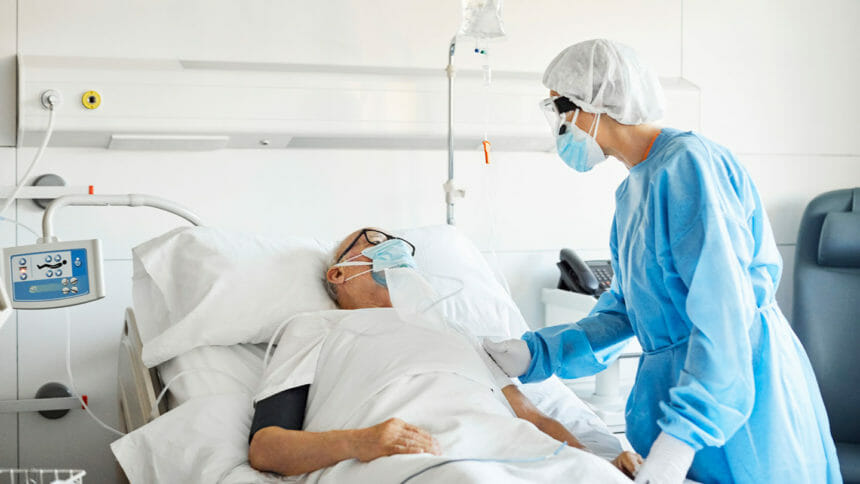
Four deaths this summer at a Manhattan nursing home have put Legionnaire’s disease in the spotlight again.
Between June and September, New York State officials investigated eight cases of Legionnaires’ disease at the Amsterdam Nursing Home, in Morningside Heights. Four of the eight people investigated died, including two who state health officials confirmed had the disease, according to a New York Times story.
A third person, who didn’t die, also tested positive for the pulmonary disease typically carried by water. The other five cases involved people who had preliminary evidence of the disease.
It was not clear if Legionnaires’ was the primary cause of the deaths, a spokesman for the department told the New York Times. A staff member that answered the phone at Amsterdam had no comment.
A study published online earlier this year in Emerging Infectious Diseases found that the incidence of Legionnaires’ disease has been on the rise for more than 15 years. People can get the lung infection by breathing in small droplets of water containing Legionella bacteria.
This past summer, Illinois signed into law legislation aimed at protecting senior living residents in the state from waterborne illnesses.
Prevention of outbreaks in SNFs are mostly the job of facility managers, Linda Dickey, RN, MPH, CIC, FAPIC, president of the Association for Professionals in Infection Control and Epidemiology, told McKnight’s Long-Term Care News.
“The big thing is maintaining water systems properly, whether it’s a cooling tower or maintaining faucet heads or shower heads, even ice machines,” said Dickey, who has helped the American Society of Heating, Refrigerating, and Air Conditioning Engineers set Legionellosis risk management standards for building water systems in 2018.
“Appropriate maintenance is really critical.”
Dickey said the main role of clinical staff is to act once symptoms are seen.
“Unfortunately by then something might be brewing,” she said.
Healthy people can get the disease said Dickey, but places like hospitals and long-term care environments must be vigilant because of their population of vulnerable people. Once the disease has been detected in a water system, the next steps depend on the source, she said.
“Point-of-use filters, hot flush systems, you can put in water treatment systems,” she said. “It varies depending on the severity of the problem and if you can identify where it’s coming from.”




